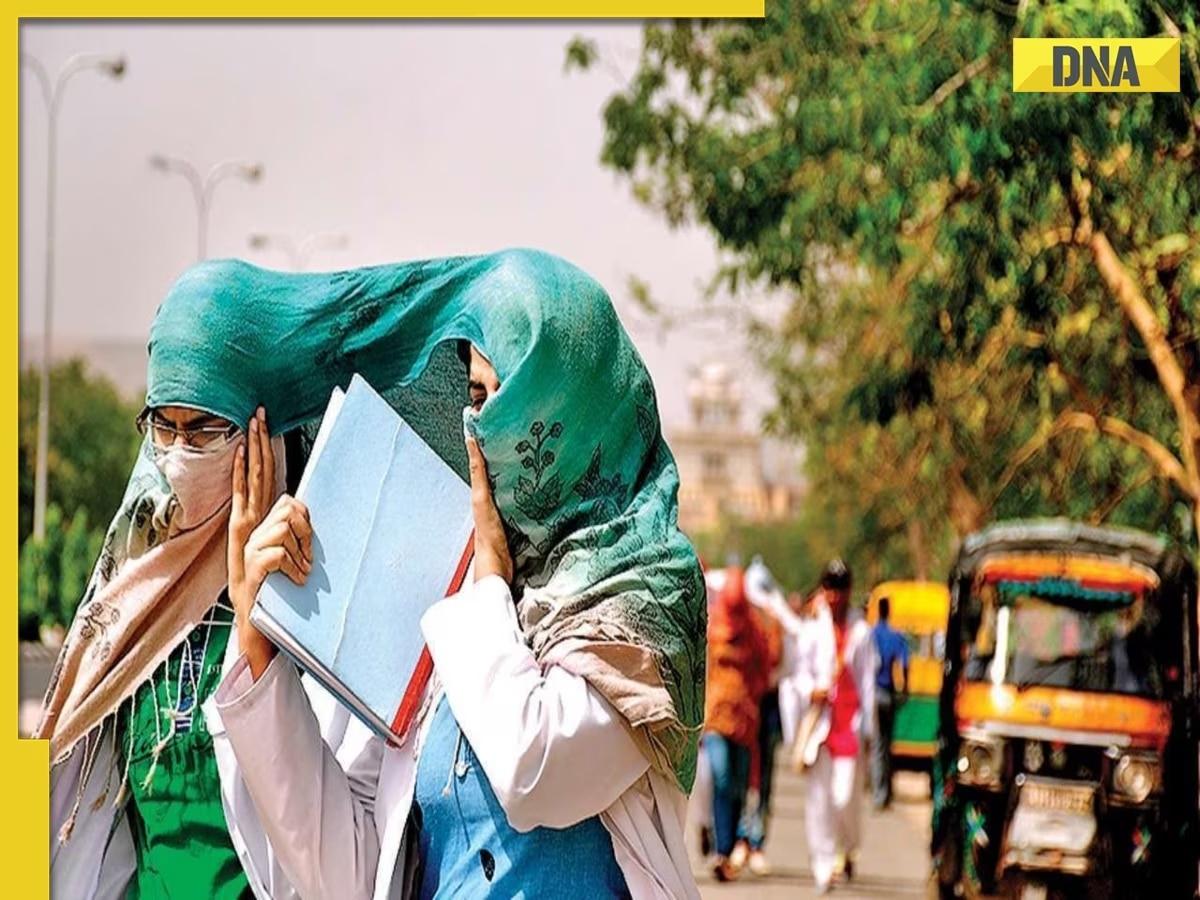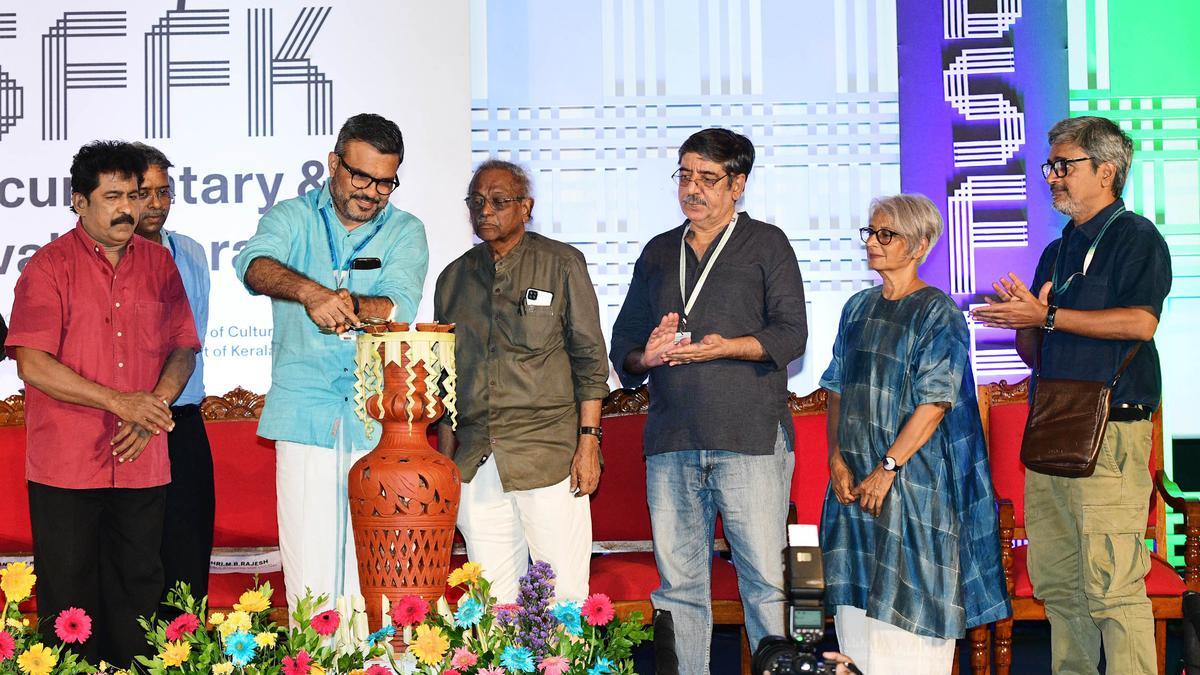
After registering its highest-ever temperature, the national capital, along with regions within Delhi-NCR, experienced a much-needed respite from the oppressive heat in the form of rain showers. However, the relief is temporary as the heatwave is expected to continue across various parts of India, including Delhi-NCR, Uttar Pradesh, Rajasthan, Odisha, Madhya Pradesh, Bihar, and Jharkhand, until June 1. From June 1 onwards, Delhi, Noida, Gurugram, and other parts of North India are likely to see a reduction in heatwave conditions, according to meteorological predictions.
Kuldeep Srivastava, the head of the Regional Weather Forecasting Centre of the India Meteorological Department (IMD), shared insights with news agency ANI. He stated, “On May 31st and June 1st, due to incoming western disturbances, there is a possibility of thunderstorms and lightning in Delhi-NCR and the entire Northwest region. By June 1st, there will be a 3-4 degree reduction in temperature.” These expected changes bring hope to millions suffering from sweltering conditions.
### Monsoon Update
In other significant weather developments, the IMD has monitored a severe cyclonic storm named ‘Remal’ that made landfall between the coasts of Bangladesh and adjoining West Bengal. The event brought heavy rains that caused substantial flooding to homes and farmlands, leaving a trail of destruction in its wake. The landfall process began at around 8:30 PM on Sunday, targeting the adjacent coasts of West Bengal and Bangladesh between Sagar Island and Khepupara, near the southwest of Mongla in Bangladesh. The impact was severe: fragile dwellings were flattened, trees uprooted, and electric poles knocked down. In the Gosaba area of the Sundarbans, one person was reported injured after being hit by debris.
The IMD has predicted that the monsoon will officially hit Kerala by June 1. Sunil Kamble, the Director of the India Meteorological Department in Mumbai, noted that after its arrival in Kerala, it would take eight to ten days for the monsoon to cover Maharashtra. Kamble explained, “If you talk about Mumbai, the temperature range is 35-36 degrees centigrade. For the summer season, these are quite normal temperatures.
. However, due to high humidity levels, ranging between 80% and 90%, people are experiencing discomfort and feeling temperatures closer to 40 degrees.”
“Across Maharashtra, the temperature range is between 38 and 40 degrees centigrade,” Kamble added. He emphasized that the IMD has already issued a long-range forecast. As the monsoon progresses northward, it will provide much-needed relief from scorching summer temperatures in the areas it covers. These rains are crucial for the Indian agricultural economy, especially for kharif crops. India follows three main cropping seasons—summer, kharif, and rabi.
At a press conference on Monday, the IMD’s Director General of Meteorology, Mrutyunjay Mohapatra, provided a detailed update on the monsoon forecast. He pointed out that above-normal rainfall is expected this monsoon season across the country, which will offer a significant respite from the prevailing heatwave. “The South West Monsoon rainfall over the country as a whole is likely to be 106 per cent of the long-period average with a model error of 4 per cent,” Mohapatra mentioned. “Thus, above-normal rainfall is most likely over the country as a whole.” This optimistic outlook follows predictions of above-normal rainfall driven by favorable La Niña conditions, which are expected to develop between August and September.
Despite these promising projections, the weather office has warned of severe heatwave conditions over northwest India for the next three days, with hopes that relief will begin from May 30. This cyclical pattern of temperatures and incoming monsoon rains are essential for both general public comfort and agricultural productivity.
Overall, while the immediate future holds continued high temperatures for many regions, the impending arrival of the monsoon and the influence of western disturbances bring much-needed hope for relief from the heatwave. The IMD’s forecasts and updates remain crucial for planning and preparation in the days ahead.
(With contributions from ANI)










